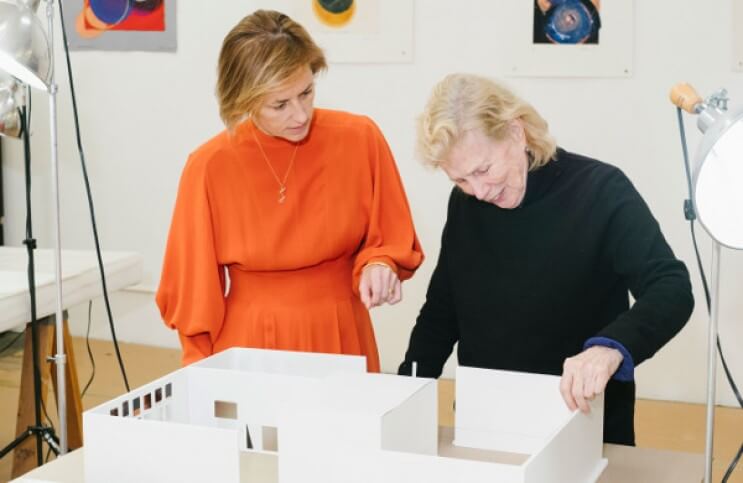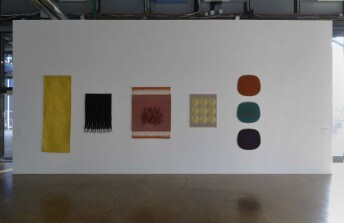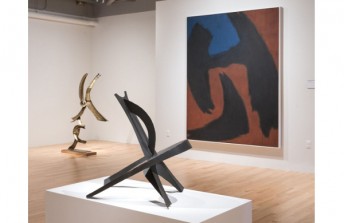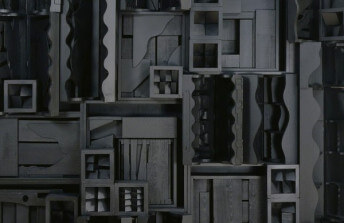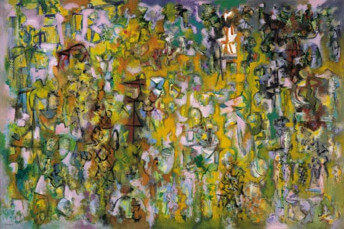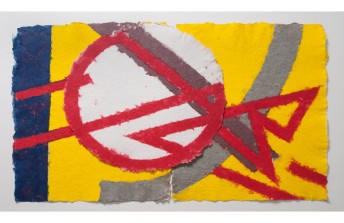The Dia Art Foundation Honors Dorothea Rockburne
May 11, 2018
Fans of Dorothea Rockburne rejoice! Dia:Beacon in upstate New York has opened a long-term exhibition of works Rockburne created in the 1960s and 70s, many of which are monumental in scale and have never been seen since. At 85 years old, Rockburne still maintains an active and prolific studio practice, and her newer works are frequently on view in museums and galleries. But much of the early work that established her reputation is simply gone. It was made during a time when avant garde artists made work not for its marketability, but simply for its intellectual and artistic potential. Some of the most important and influential works Rockburne made ended up in the garbage after their debuts. One reason was because they were made out of inherently ethereal materials. Shortly after moving to New York City following her studies at the Black Mountain College in North Carolina, Rockburne became a single mother. She worked multiple day jobs and made her art in the wee hours of the morning. She had no money for art supplies, so instead of paint she went to the hardware store and bought crude oil. She painted with it on paper. The more she experimented with the oil, the more adept she became at predicting what it would do. The works she made with it were stunning and unique. Recalling the reaction people had to them, Rockburne says, “People look at the crude oil as a big insight into material. Believe me, it was not. It was an accident.” Nonetheless, these innovative and intriguing works helped establish her career. Unfortunately, the oil also eventually destroyed whatever she put it on, so almost all of those works are now gone. For this show at Dia:Beacon, Rockburne has systematically and meticulously recreated some of her most iconic early works so that contemporary art viewers might have the chance to see them again. They will be on view at least throughout the rest of 2018, and then in 2019, another gallery filled with her works on linen will join the exhibition.
More Than Materials and Processes
Looking at the works that are on view at Dia:Beacon, it will be tempting for uninitiated viewers to assume Rockburne was completely obsessed with materials and processes. This would not be an unfair judgment. The imposing “Intersection”—a massive piece of plastic sheeting doused in crude oil and topped with chipboard—seems to be a hedonistic celebration of what happens when chemical processes are set free in escapades of controlled chaos upon interesting surfaces. The monumental installation “Domain of the Variable” exudes a similar attitude, as crude oil, graphite, paper, and chipboard interact with each other, with the floors and with the walls, in a multitude of tactile, surprising, and often beautiful ways.
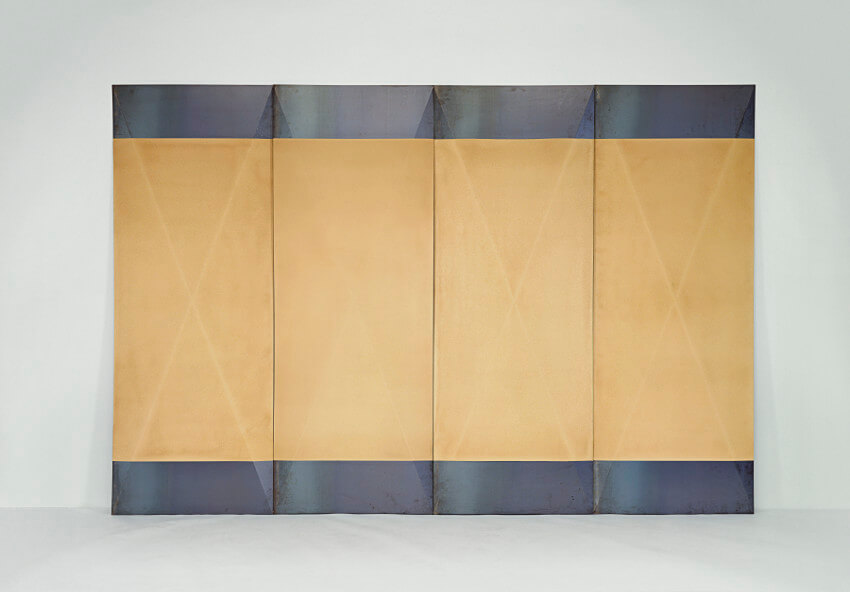
Dorothea Rockburne - Tropical Tan, 1967–68. © Dorothea Rockburne/Artists Rights Society (ARS), New York. Courtesy Dorothea Rockburne Studio.
But there is much more going on in these works than a mere exploration of what materials will do when subjected to various processes and surfaces. Rockburne is also exploring something intellectual, something conceptual, and something spiritual. Her thinking has its roots in mathematics. While she was studying at the Black Mountain College, she took a math class with Max Dehn. When she confessed to Dehn that she was struggling with her assignments, he invited her to join him on his morning walks. On the walks he showed her how the mathematical principals of the physical universe play out in simple, methodical ways in nature. She became aware of the “Golden Mean,” one of the key mathematical formulas that plays out endlessly in all natural things.
Sacred Geometry
Taking a fresh look at the works that are now on view at Dia:Beacon, it is clear that her inquisition into math is what truly lies at the heart of the explorations Rockburne made in the 1960s and 70s. For example, the sculpture “Tropical Tan,” which consists of four tall steel panels covered in tan paint. It is a celebration of the ways paint can alter the surface of metal, but it is also an exploration of the proportional geometric and mathematical properties of rectangles, triangles and squares. In the piece titled “Set,” the interplay of geometry and space is even more clear, even as the material properties of the paper, chipboard, and graphite offer the eye and the mind something physical and visceral with which to interact. It is this combination of the physical, the aesthetic, and the intellectual, which established Rockburne as such an important artist early in her career.
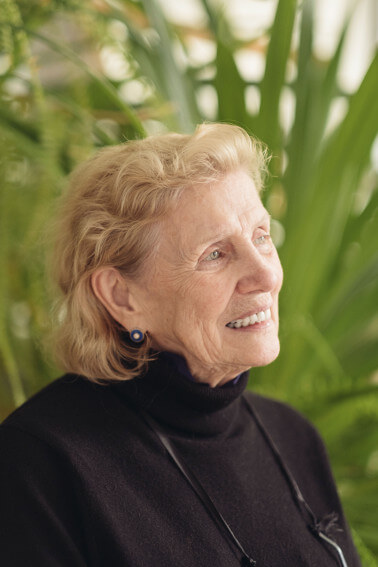
Dorothea Rockburne - portrait. Photo Credit Don Stahl.
Yet there is one other element that is present in the work Rockburne does as well, and that is a sense of the spiritual mysteries of the universe. When Rockburne was a child, she was entranced by books about the Egyptians. Their idea of spiritual or sacred geometry—that geometric patterns are imbued with metaphysical meaning—is explored in much of her work. This aspect of her practice is what will be highlighted in 2019, when the second part of her exhibition at Dia:Beacon opens up. It will feature works from her Egyptian series, which she created in 1979-81. Made with oil, glue, gesso, pencil, graphite and conte crayon on linen, these works mobilize pyramids, diamonds, squares and triangles in cosmic compositions revelatory of a mysterious space beyond the intellect and the eye. What they, and the rest of the works on view at Dia:Beacon, reveal is that Rockburne represents one of the most fully realized artistic minds of our time. She is intimately connected to her own thoughts and feelings, and is able to imagine complex and beautiful aesthetic expressions of what she sees in her mind. She also has the technical prowess to materialize those thoughts in the physical world. Most remarkably, she has the patience and humility to allow for the fact that everything cannot be known or planned for. That is what makes her a true genius: her willingness to let her greatest breakthroughs happen by surprise. As she once said herself, “If everything adds up and works out well you’re on the wrong trail.”
Featured image: Dorothea Rockburne - studio. Photo Credit Don Stahl
All images used for illustrative purposes only
By Phillip Barcio
